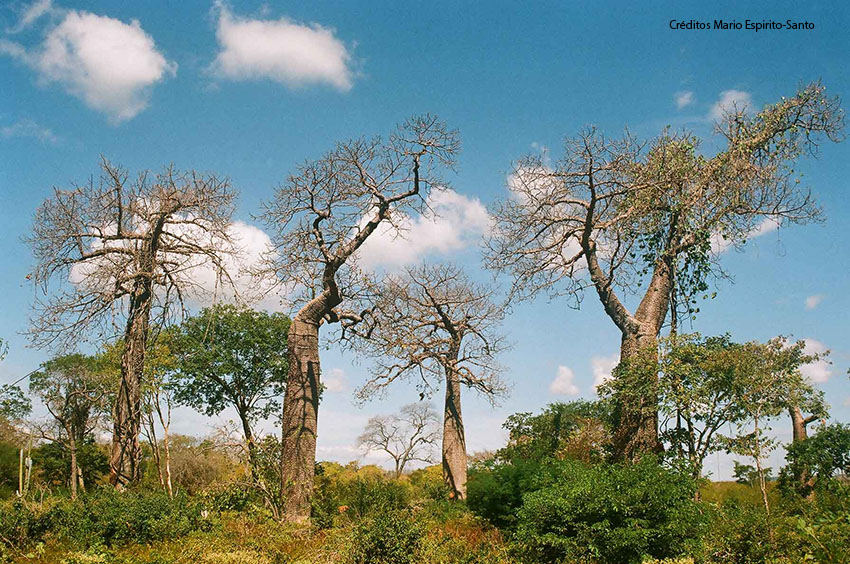Regenerating forests contribute to maintaining the diversity of species and biomes in the Americas.

- Based on the analysis of 1,215 regenerating forests from western Mexico to southern Brazil, a new study was developed that shows how these trees can help conserve biome diversity in the Americas.
July 1, 2022. A study conducted by the international 2ndFOR network and published in the scientific journal Science Science Advances, shows that regenerating forests located in abandoned agricultural areas can help restore and conserve different ecological regions in the Americas.
A team of ecologists, with the participation of Bryan Finegan, researcher at the Forests and Biodiversity in Productive Landscapes Unit of CATIE (Tropical Agricultural Research and Higher Education Center), established and analyzed 1,215 plots in regenerating forests from western Mexico to southern Brazil, allowing them to find that the species composition of young regenerating forests varies significantly across the continent, resulting in the formation of 14 distinct floristic regions.
The results were revealing because it was thought that young forests would be dominated by the same small group of generalist pioneer species. The lead author of the study, Catarina Jakovac, from the Federal University of Santa Catarina (UFSC, its Spanish acronym) in Brazil, explains that "pioneer species typical of young forests are generally abundant and dispersed by generalist animals, so we thought that most of them would be present in several regions as Trema micrantha and Guazuma ulmifolia species.”
However, the study showed that such a wide distribution is not the rule in these regenerating forests, and that 80% of the 2164 species analyzed were present in a single floristic region, which means that different groups of species thrive in each region and, therefore, forest regeneration can help conserve the diversity of biomes in the Americas.
"Secondary forests, forests that regenerate in agricultural areas after they are abandoned or left to rest, are increasingly important in today's world. CATIE researchers have been pioneers among those interested in the conservation and sustainable management of these new forests. With this new contribution from the 2ndFOR network, knowledge of secondary forests is taken to an even higher level (...), as well as their conservation and sustainable management, which are vital for the future of the tropical forest resource and the ecosystem services they provide," said Finegan, co-author of the study.
In turn, the article states that the wide variability in the species composition of regenerating forests is the combined result of ancient bio-geographic history and recent environmental conditions. For example, some 3 million years ago, the rapprochement of North and South America brought about an important exchange of species between Central America and the Amazon. On the other hand, the southeastern and southern regions of the Atlantic Forest have a species composition very different from that of the Amazon, probably because these regions were separated by a dry region for about 33 million years.
In addition, the different floristic regions found in the study were associated with soil pH, temperature seasonality and water availability; some early successional stage species only thrive in specific environmental conditions, despite their ability to disperse over long distances. Therefore, if environmental conditions change, species composition may also change, reducing the distinction between biomes.
To avoid and mitigate such consequences, forest restoration initiatives should pay close attention to species selection and prioritize local species in their restoration efforts, "this will help restore local forests and also large-scale species diversity, as well as conserve variability among biomes across the continent," concluded Jakovac.
The publication, entitled “Strong floristic distinctiveness across Neotropical successional forests” is available here.



More information:
Bryan Finegan
Researcher
Forests and Biodiversity in Productive Landscapes Unit
bfinegan@catie.ac.cr
Tag:Guatemala



